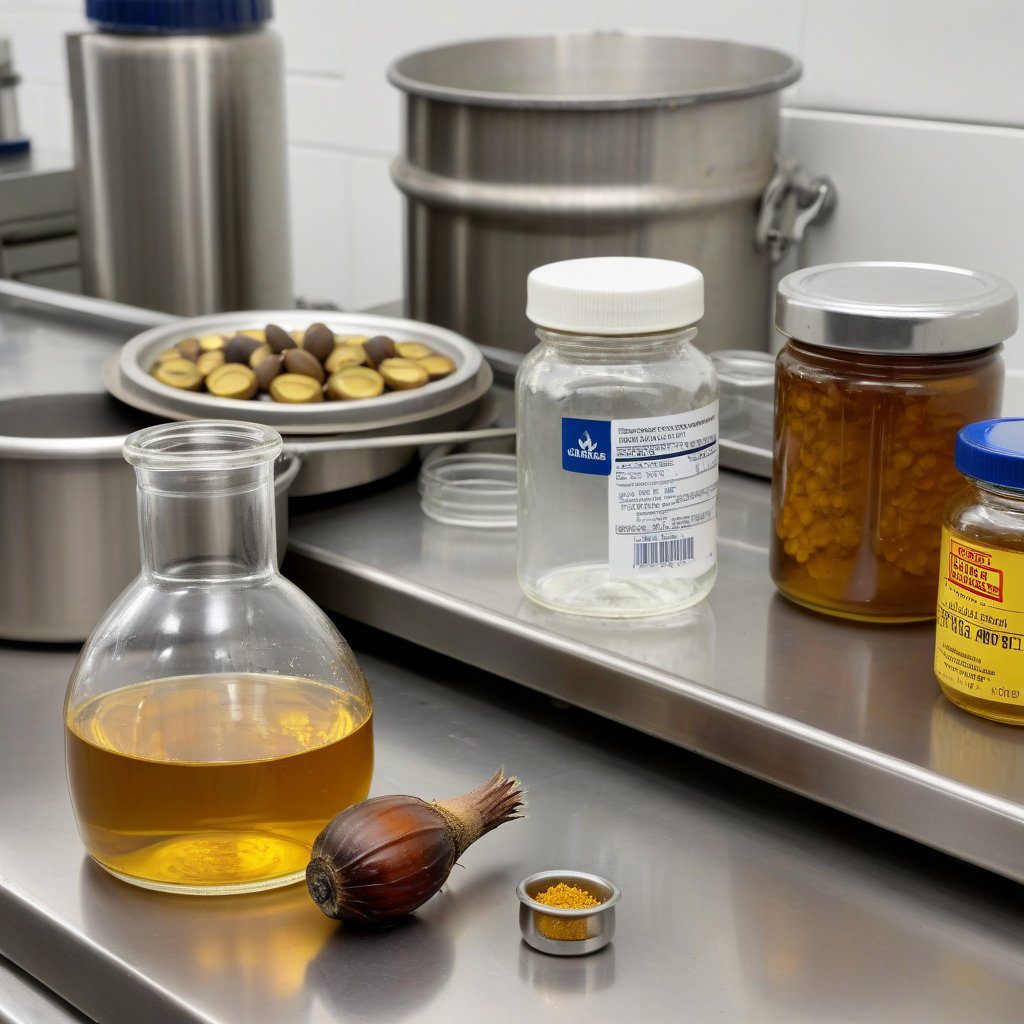Understanding Chemical Import/Export Processes
The chemical import/export processes refer to the systematic methods and legal frameworks involved in the trade of chemical substances across international borders. These processes are essential for ensuring compliance with various regulations and standards set by both exporting and importing countries, particularly for high-purity amines such as monoethanolamine, diethanolamine, and triethanolamine. Knowing these processes is crucial for suppliers aiming to position themselves as leaders in the chemical market.
Regulatory Compliance in Chemical Trade
Regulatory compliance is a pivotal aspect of chemical import/export processes. It encompasses the adherence to national and international laws governing the trade of chemicals. Suppliers must navigate through regulations such as the REACH (Registration, Evaluation, Authorisation, and Restriction of Chemicals) in Europe and the TSCA (Toxic Substances Control Act) in the U.S. Compliance ensures that products are safe for use and meet the quality expected by end-users.
Documentation Required for Chemical Imports and Exports
Documentation is a critical component of chemical import/export processes. Necessary documents typically include commercial invoices, packing lists, certificates of origin, and safety data sheets (SDS). For high-purity amines, additional documentation may be required to verify concentration levels, purity standards, and compliance with hazardous material regulations. Proper documentation streamlines customs clearance and reduces the risk of delays.
Logistics and Transportation Considerations
Logistics plays a fundamental role in the chemical import/export processes. The transportation of chemicals, particularly hazardous materials, requires specialized handling and shipping methods. Suppliers must consider factors such as temperature control, containment measures, and suitable transportation modes. Efficient logistics management ensures the safe and timely delivery of amines to markets, particularly in the U.S., enhancing supplier reliability.
Customs Clearance Procedures
Customs clearance is a crucial step in the chemical import/export processes. This involves the submission of required documentation to customs authorities to obtain clearance for shipments. Understanding the specific requirements for importing and exporting chemicals is vital, as failure to comply can lead to fines, shipment delays, or even confiscation of goods. Suppliers must work closely with customs brokers to facilitate smooth transactions.
Tariffs and Duties on Chemical Imports/Exports
Tariffs and duties significantly impact the financial aspects of chemical import/export processes. Each country imposes specific tariffs on imported chemicals, which can affect pricing strategies and market competitiveness. Suppliers must stay informed on tariff changes and exemptions that may apply to high-purity amines. This knowledge enables suppliers to make informed decisions regarding pricing and market entry strategies.
Quality Control and Assurance in Chemical Trade
Quality control and assurance are paramount in the chemical import/export processes, especially for high-purity amines. Suppliers must implement stringent quality assurance protocols to ensure that products meet the required standards and specifications. Regular testing and certification of chemicals, including concentration verification for 85% and 99% amines, help build trust with international clients and comply with regulatory requirements.
Risk Management in Chemical Imports/Exports
Risk management is an integral part of the chemical import/export processes. Suppliers must identify potential risks, including regulatory changes, supply chain disruptions, and geopolitical factors that can impact trade. Developing a robust risk management strategy can mitigate these risks, ensuring continuous supply and maintaining business relationships in volatile markets.
Market Trends and Their Impact on Chemical Trade
Market trends play a significant role in shaping chemical import/export processes. Understanding global demand for high-purity amines and monitoring industry trends can inform strategic business decisions. Suppliers must adapt to changing market dynamics, such as shifts in consumer preferences or regulatory landscapes, to remain competitive and responsive to market needs.


